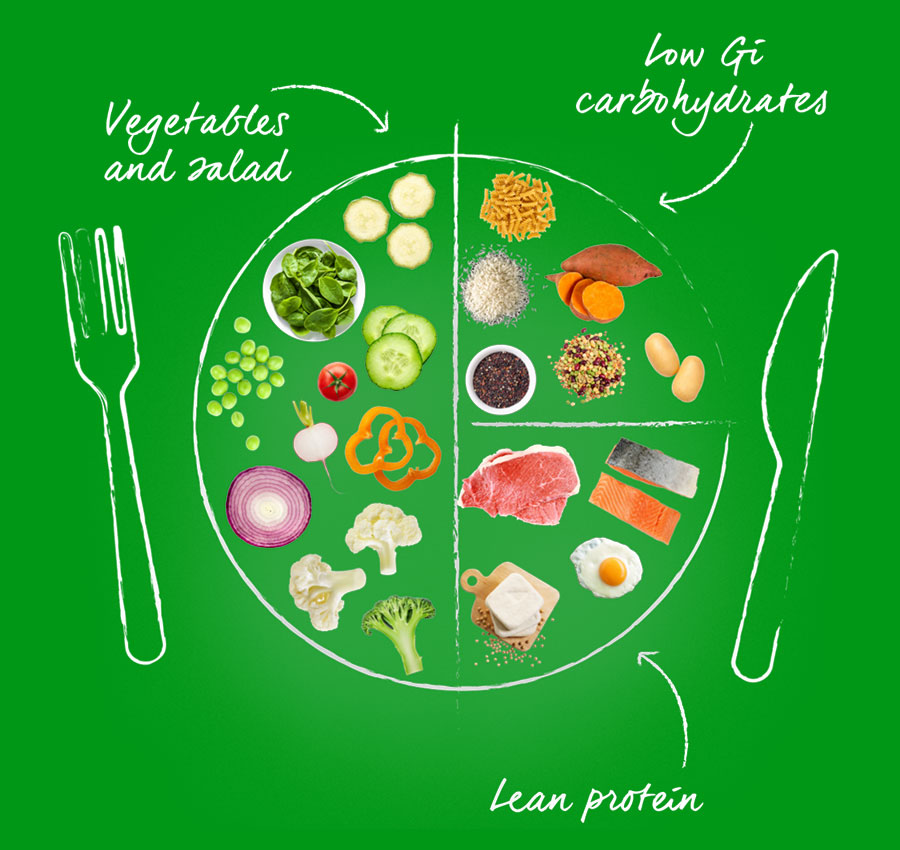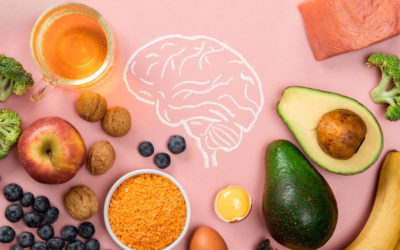Absolutely not! Carbohydrates are good for us. They are a key fuel for our brain and muscles during exercise. Importantly, low GI carbs break down slowly releasing glucose gradually into the bloodstream reducing blood glucose spikes. Choose the right amount of carbohydrate and the right sort of carbohydrate for your long-term health and wellbeing.
Keep carbohydrates on the menu with these simple tips:
- Switch from high GI carbs to low GI carbs – head to our swap it tool to check some great alternatives
- Spread your carbohydrate intake throughout the day rather than all packed into one meal
- Small regular meals help to maintain energy levels, manage appetite, and keep blood glucose levels in good range
- Each meal should be ¼ low GI carbs, ½ vegetables or salad and ¼ protein
- To lower the overall GI of a meal try adding an acid (think vinegar or lemon) or a healthy fat (think avocado or extra virgin olive oil)
- Enjoy pasta al dente, don’t overcook it
- Don’t forget that legumes are a delicious and healthy carbohydrate choice – you can add them to salads, bolognese and casseroles
- Check out our 7-day meal plan for some delicious low GI inspiration

* consult a healthcare professional for personalised dietary advice
Swapping high GI for low GI carbohydrates is the core principle of a low GI diet, which research has shown to help with both the prevention and management of diabetes. In fact, a review of more than 50 studies found that a low GI diet can help people reduce their HbA1c levels by 0.5 points, decreasing the risk of common diabetic complications by 20%.


